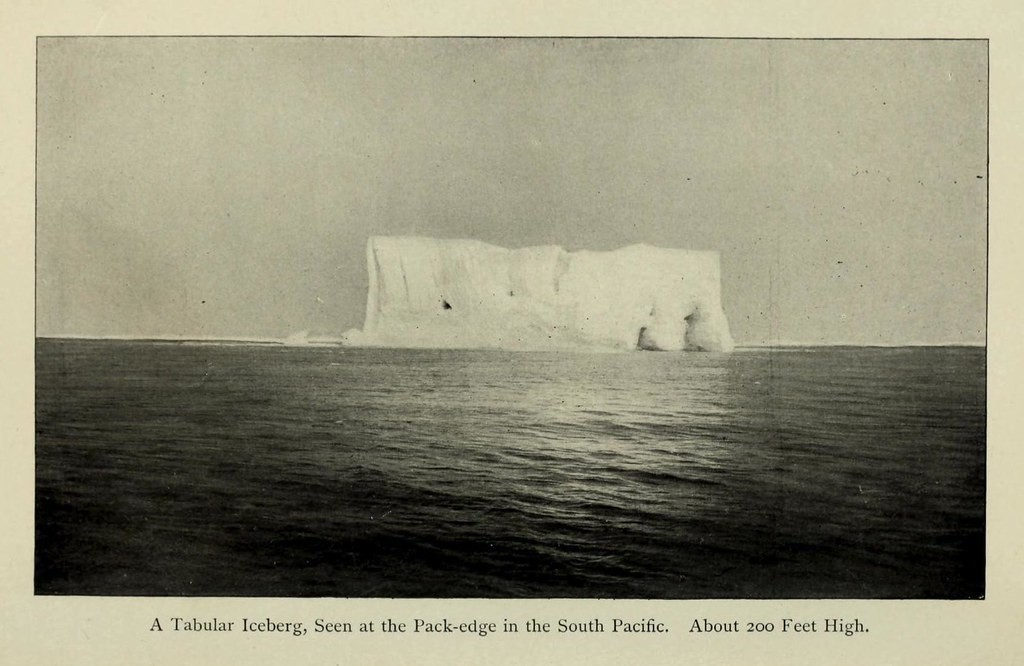Sep 6, 2024
Climate Change x Healthcare
The Arctic is warming at four times the global average, bringing significant environmental changes — and a growing risk of zoonotic diseases. As the ice thaws, ancient microorganisms and pollutants are being released, increasing the chances of disease transmission between animals and humans. This raises concerns that the next pandemic could originate from the north.
Habitat destruction, pollution, and invasive species are disrupting the Arctic ecosystem. Animals like polar bears are being exposed to pathogens they’ve never encountered, and the introduction of industrial chemicals through species like fish and whales only heightens the danger. Human activity is increasing too, with tourism and energy exploration expected to expand as the Arctic becomes ice-free by the 2030s.
Preventing a potential health crisis requires global cooperation. Surveillance of wildlife, better community healthcare, and international initiatives like the Arctic Council’s "One Health" project are key to mitigating risks.
How 360/Health Can Keep You Informed
At 360/Health, we track emerging health threats and provide evidence-based insights to help you stay proactive. Our platform offers timely updates on global health risks and strategies to protect your well-being.
Read the full article in Nature
